Technological Innovations
Technological innovations play a pivotal role in shaping the Aseptic Carton Packaging Market. Advancements in packaging technology, such as improved barrier properties and enhanced sealing techniques, contribute to longer shelf life and better product preservation. The integration of automation and smart packaging solutions is also on the rise, allowing for more efficient production processes. In 2025, the market is expected to witness a significant increase in the adoption of these technologies, which could lead to cost reductions and improved operational efficiency. As companies strive to maintain competitiveness, the incorporation of cutting-edge technology in aseptic packaging is likely to be a key driver of growth in the industry.
Health and Safety Concerns
Health and safety concerns are paramount in the Aseptic Carton Packaging Market. With an increasing focus on food safety, aseptic packaging offers a reliable method for preserving food and beverages without the need for preservatives. This method minimizes the risk of contamination, which is crucial for consumer trust. As awareness of foodborne illnesses rises, the demand for safe packaging solutions is likely to increase. In 2025, the industry may see a notable uptick in the adoption of aseptic cartons as manufacturers prioritize health and safety in their packaging choices. This trend underscores the importance of aseptic technology in ensuring product integrity and consumer safety.
Sustainability Initiatives
The Aseptic Carton Packaging Market is increasingly influenced by sustainability initiatives. As consumers become more environmentally conscious, companies are compelled to adopt eco-friendly packaging solutions. Aseptic cartons, often made from renewable resources, align with these sustainability goals. The industry has seen a rise in demand for recyclable and biodegradable materials, which are perceived as less harmful to the environment. In 2025, the market for sustainable packaging is projected to reach substantial figures, indicating a shift towards greener practices. This trend not only enhances brand image but also meets regulatory requirements aimed at reducing plastic waste. Consequently, the Aseptic Carton Packaging Market is likely to experience growth driven by these sustainability efforts.
Expansion of Distribution Channels
The expansion of distribution channels significantly impacts the Aseptic Carton Packaging Market. As e-commerce continues to grow, the need for efficient and durable packaging solutions becomes more pronounced. Aseptic cartons are well-suited for online distribution, as they protect products during transit and extend shelf life. In 2025, the rise of online grocery shopping is expected to drive demand for aseptic packaging, as retailers seek to meet consumer expectations for quality and convenience. This shift in distribution dynamics may lead to increased collaboration between packaging manufacturers and e-commerce platforms, further enhancing the growth potential of the Aseptic Carton Packaging Market.
Rising Demand for Convenience Foods
The Aseptic Carton Packaging Market is experiencing a surge in demand for convenience foods. As lifestyles become busier, consumers increasingly seek ready-to-eat and easy-to-prepare meal options. Aseptic cartons provide an ideal solution, offering extended shelf life without the need for refrigeration. This convenience appeals to a wide demographic, including working professionals and families. In 2025, the convenience food sector is projected to grow significantly, further propelling the demand for aseptic packaging solutions. The ability of aseptic cartons to maintain product quality while providing convenience positions the Aseptic Carton Packaging Market favorably in a rapidly evolving consumer landscape.


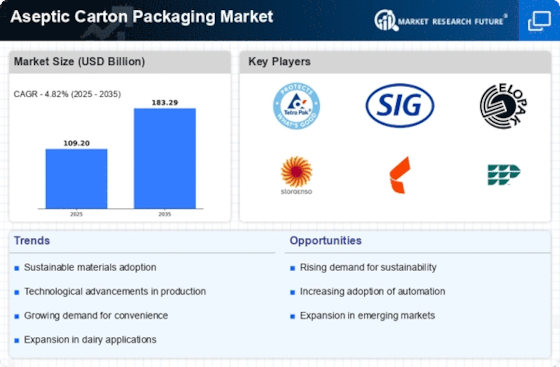
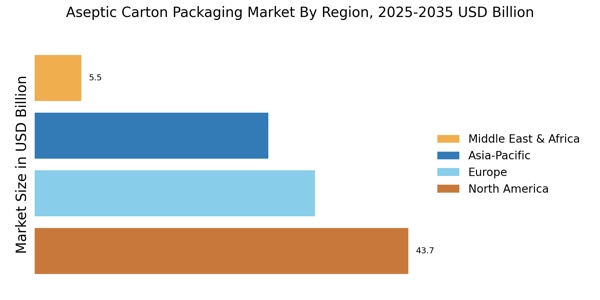
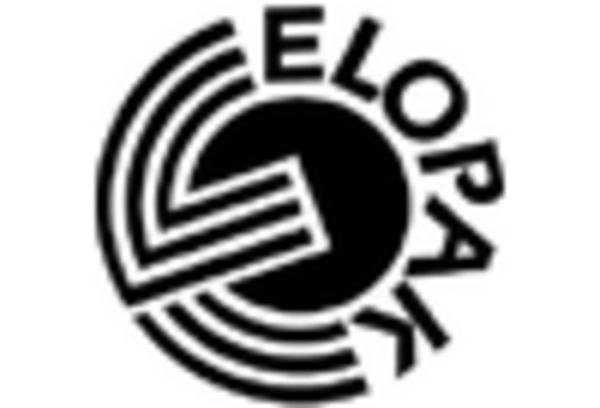


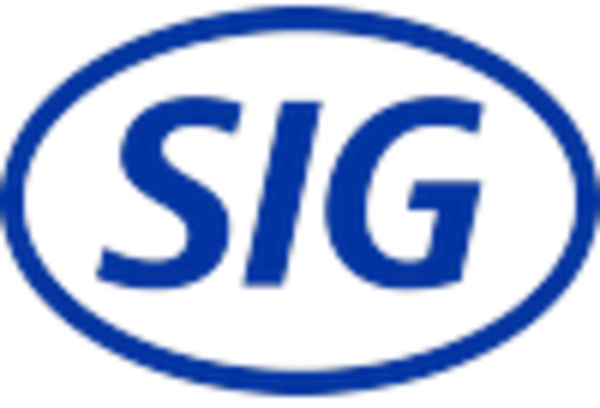
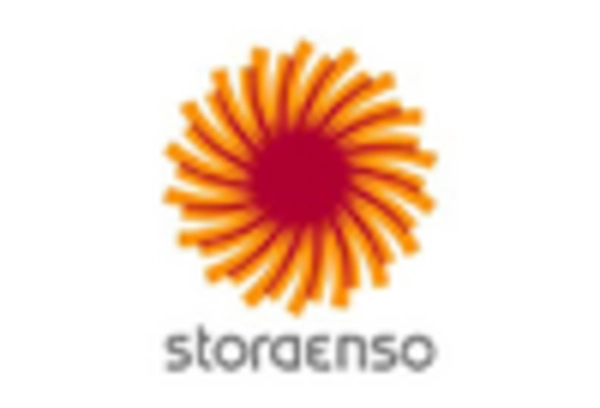
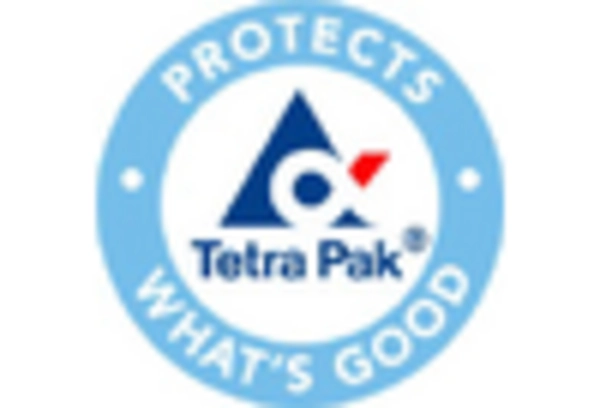








Leave a Comment